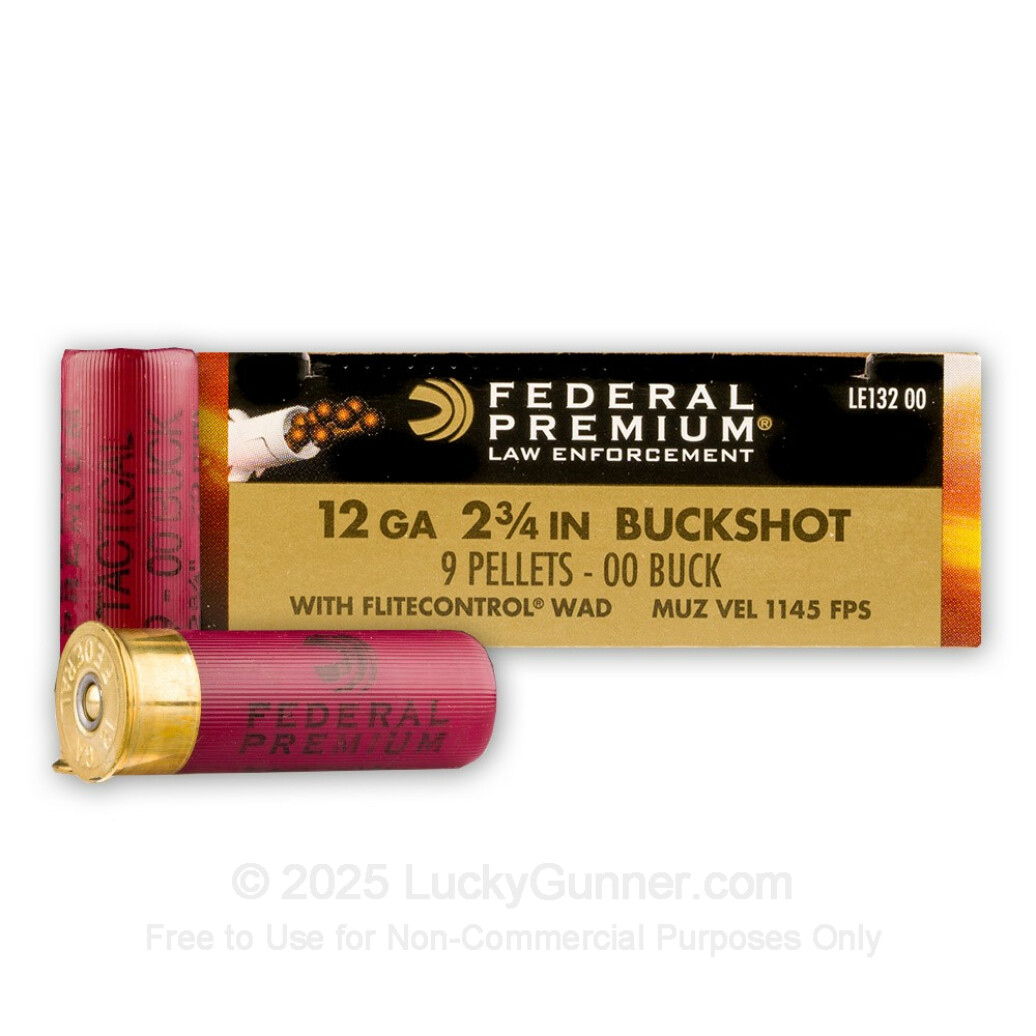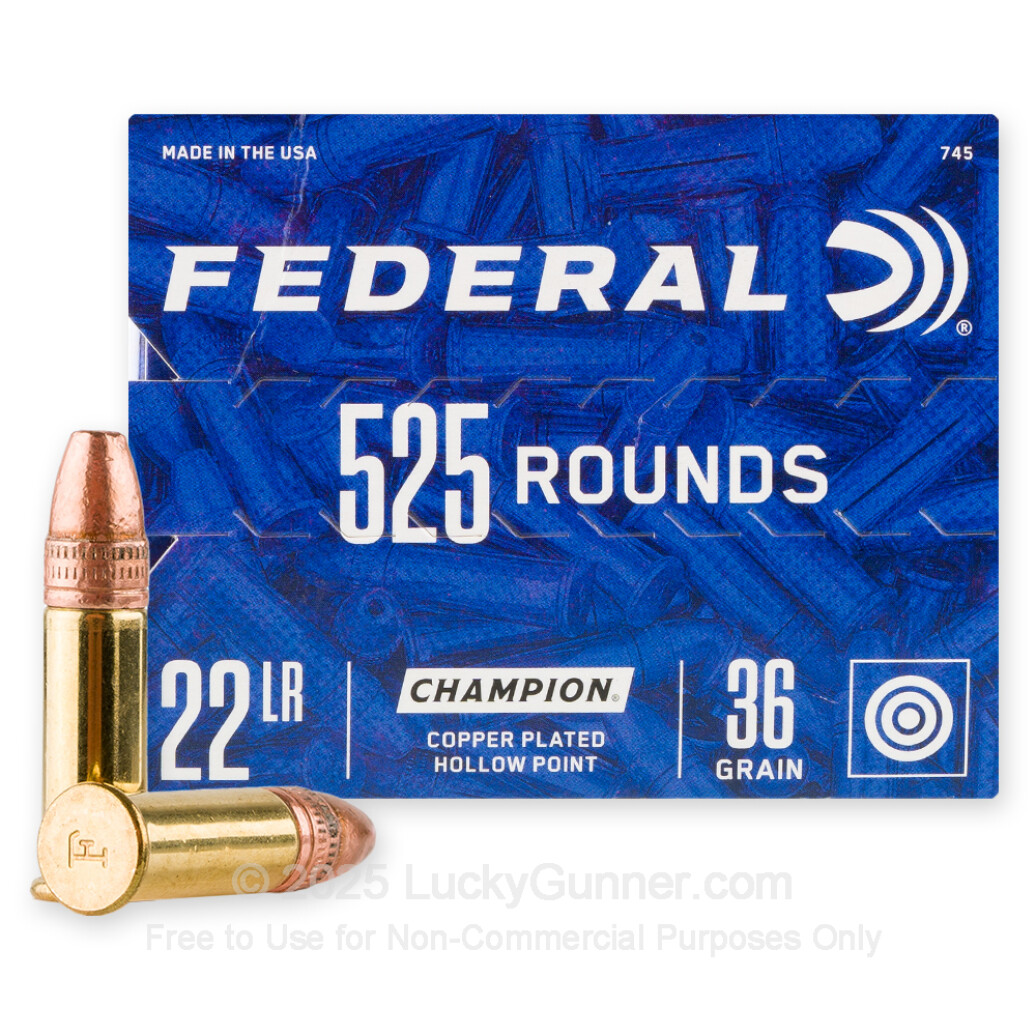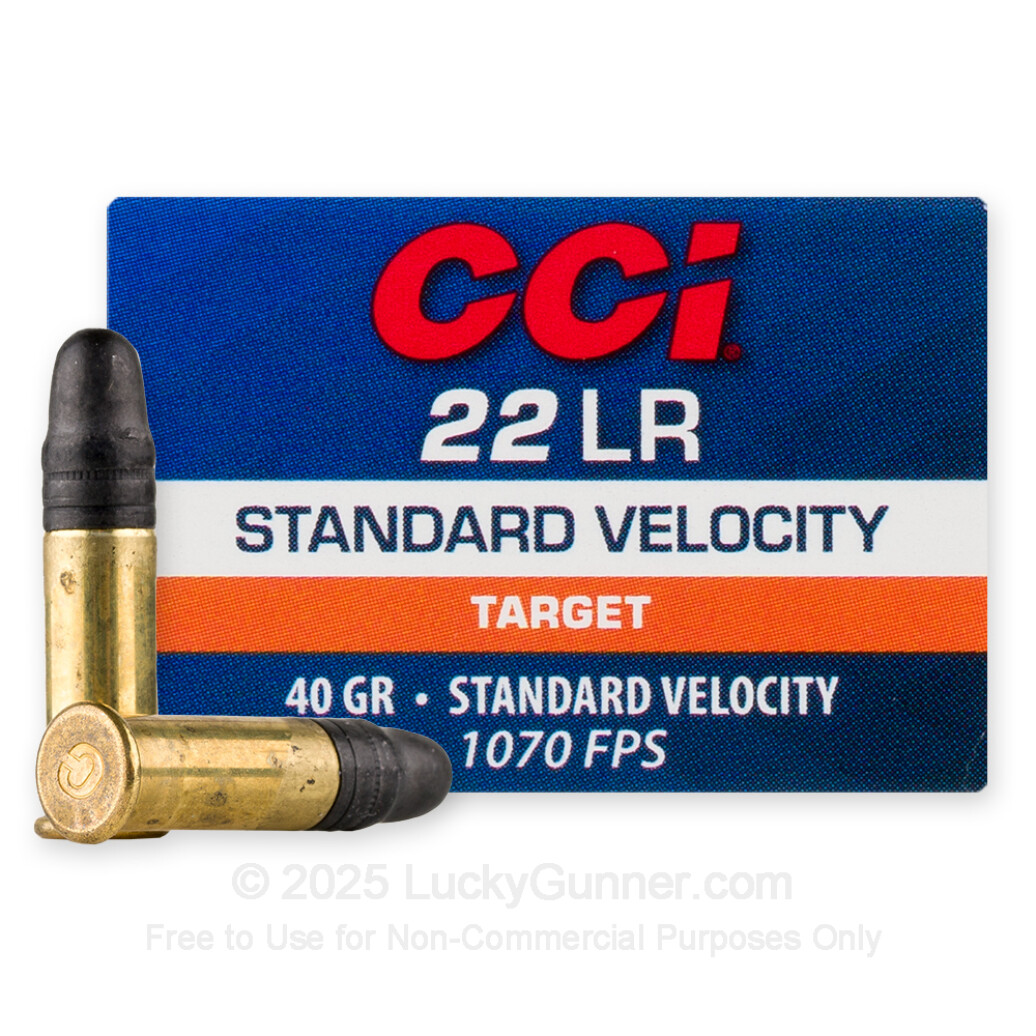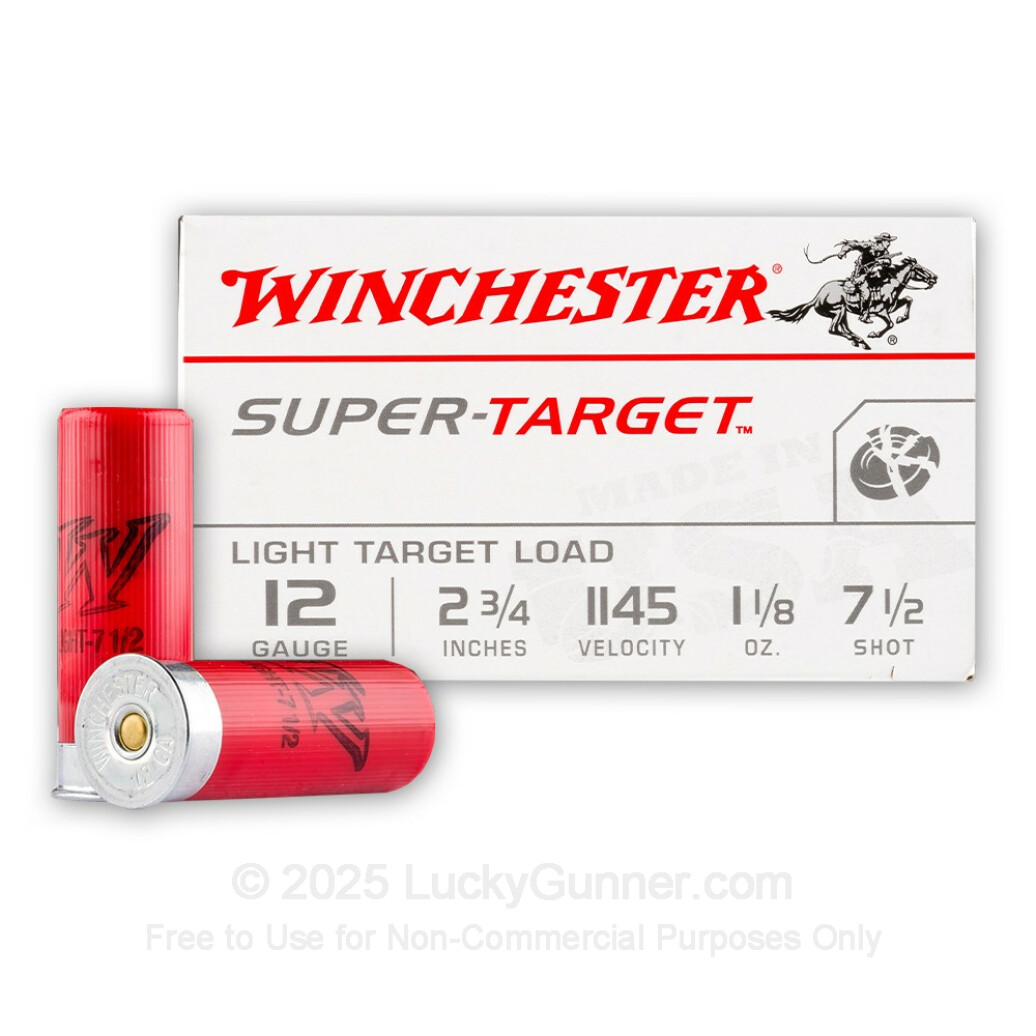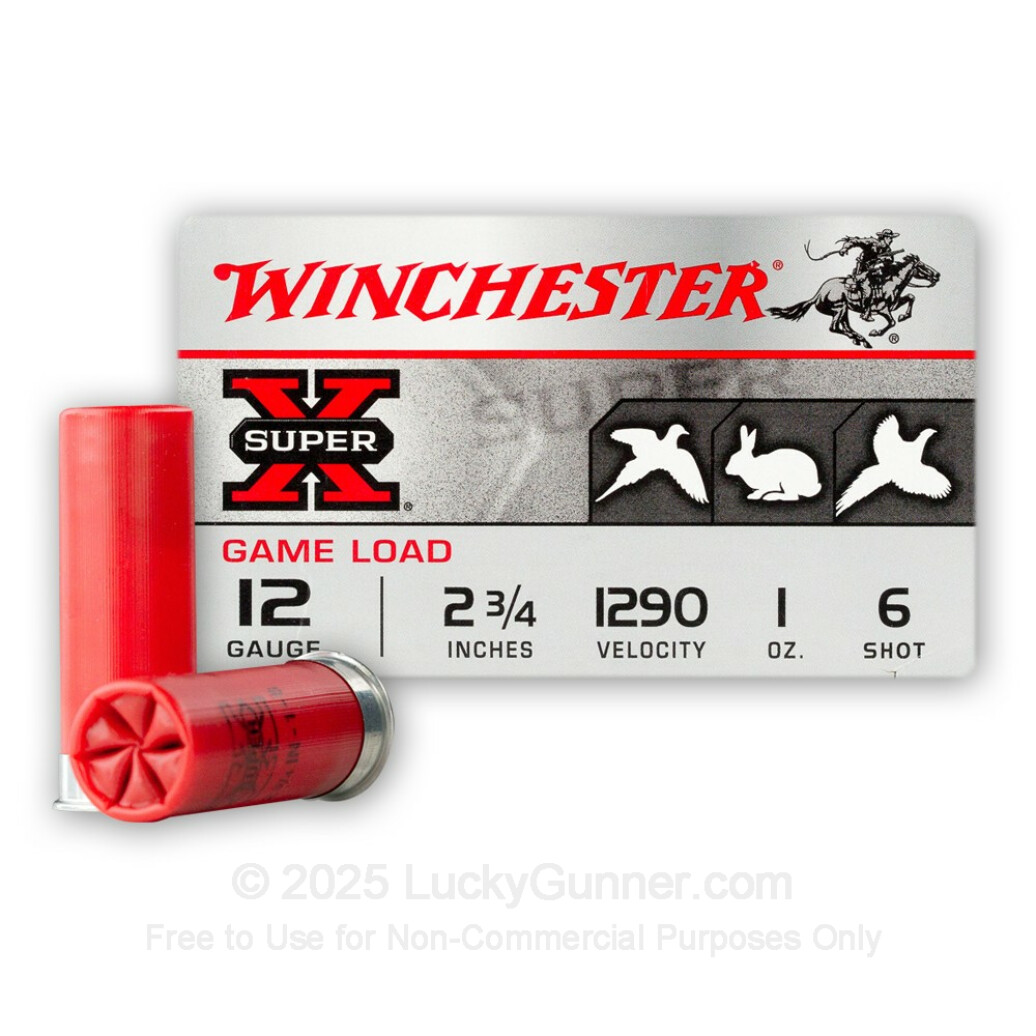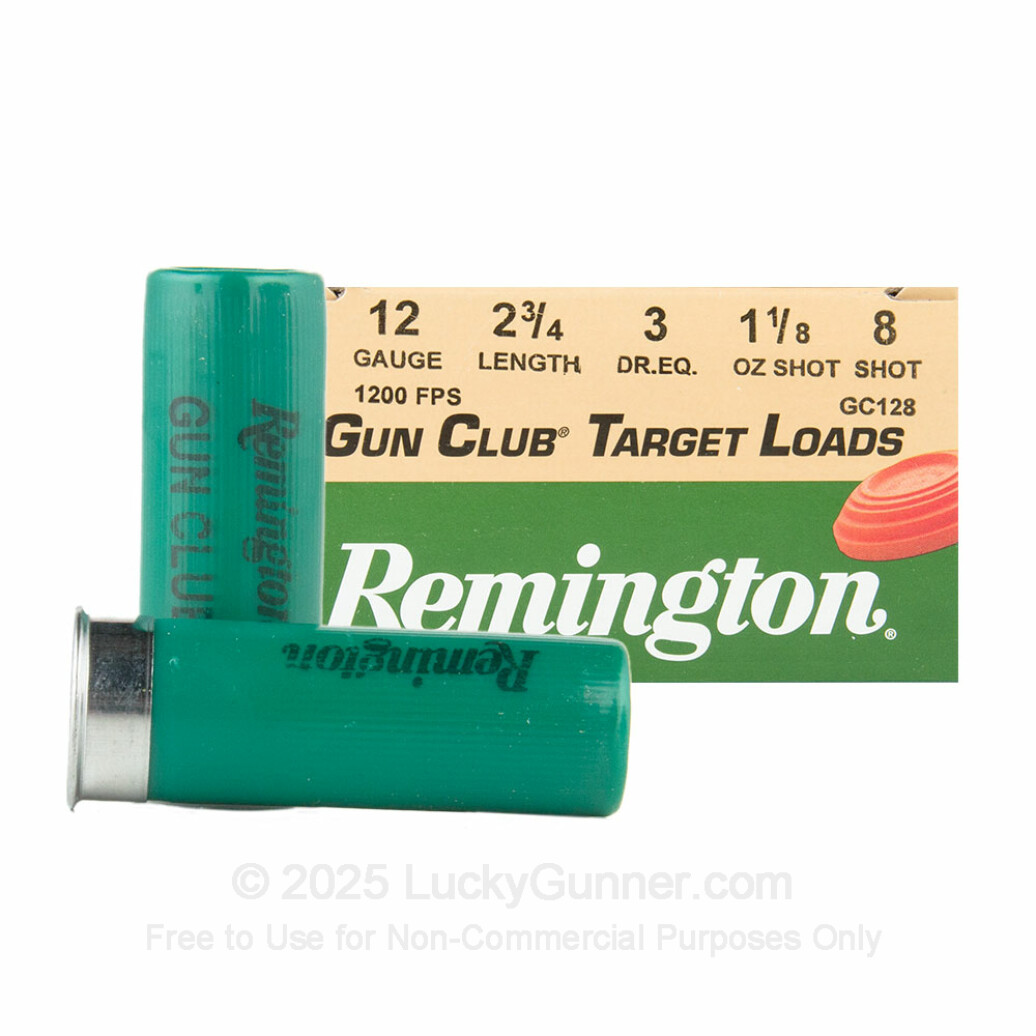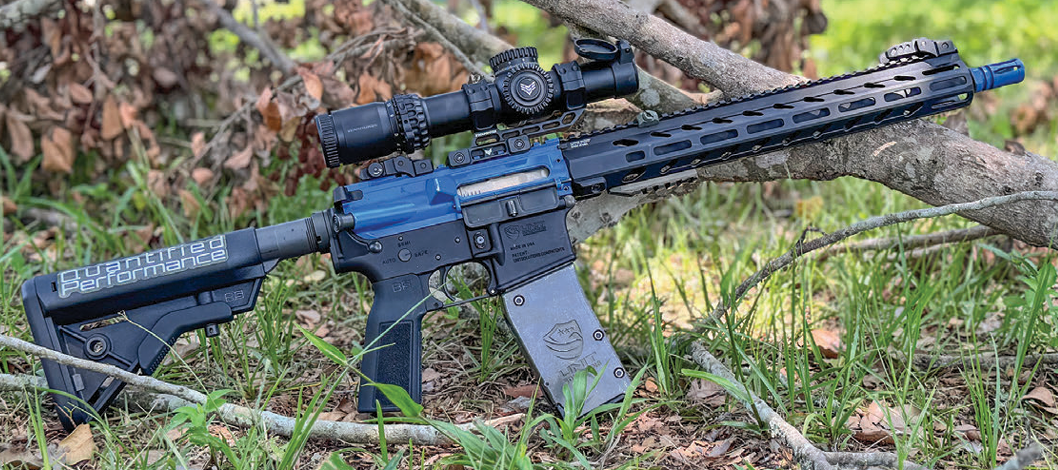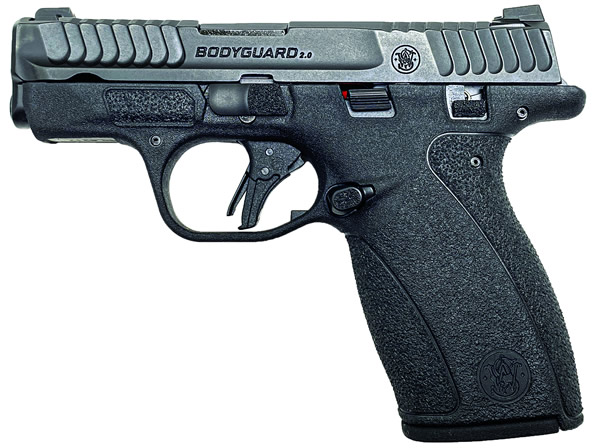Talks about which is the better caliber between the 9mm and 40 caliber for self-defense is an on-going thing. In the past the conventional wisdom has held that a typical handgun velocities, bigger bullets are better.
Its always best to view both of these rounds (9mm vs 40 cal pistol rounds) objectively. Many LE agencies across the U.S. are following the FBI suit when they switched to the 9mm. Even though not used by the FBI, the .40 cartridge still thrives and will continue for many years to come.

.40 S&W Background
First came out in 1990, the .40 S&W is one of the newer cartridges on the block.
The FBI sought out Smith & Wesson and Winchester to come up with an effective round to replace the 9mm and .38 Special.
The .40 S&W round was not the silver bullet but built out of necessity.
– The FBI decision for this change was due to the infamous FBI Miami shootout in 1986 which took the life of two agents and injured five others.
– Some thoughts was that the .40 S&W was created because the FBI felt their 9mm jacketed hollow point rounds were underpowered and contributed to the agent’s deaths in Miami.
What makes this debate interesting is that both cartridges have technically been declared as winner by the FBI.
Comparing the 9mm and the .40 S&W
The biggest advantage the 9mm has over the .40 S&W is the handling.
The big gripe of the .40 caliber is its kick.
In fact, some people downright dislike the .40 S&W because they feel it’s underpowered for the amount of recoil the cartridge produces. Big bark but no bite.
Since most proficient marksmen shouldn’t have any problem handling a .40 S&W, newbie shooters will have a harder time shooting the .40 S&W than the 9mm.
This may not seem like a big deal for your average plinker getting off a few rounds at the range, but handling is extremely important for anyone in a self-defense or tactical situation where accuracy makes the difference between life and death.
I know we just talked about the the recoil differences but here are some more things to chew on:
Recoil on the 40 S&W can range from kind of snappy with a full sized pistol to downright annoying with a compact. Small guns like the Glock 27 will often drift out of that perfect grip after a few shots and require readjustment.
9mm is downright pleasant to shoot, even in small, lightweight guns. Rarely would anyone describe the recoil effects on 9mm as harsh. 9mm also has a wide variety of loads designed for lowered recoil for those who are super recoil sensitive.
9mms recoil allows for faster follow up shots, more pleasant shooting, and less wear and tear on most firearms.
Availability
Both ammo types are quite popular and easy to find at any gun/ammo store. Both calibers also have a variety of different self-defense loads available to them.
Both calibers can easily be bought in bulk.
The main difference in availability was mostly noticed from 2012 to 2014 when there was an ammunition drought. 9mm was difficult to find and almost impossible to buy in bulk, .22 ammo for pistols was the same.
40 S&W however remained available.
This could be due to 9mm being more popular and therefore more people purchasing it.
Or, it could be that until very recently the 40 S&W has been the choice for law enforcement since the early 1990s.
This means more 40 S&W is produced than 9mm for these law enforcement contracts leading to more on the shelves perhaps?
Regardless of the reasoning 40 S&W and 12 gauge were the only calibers widely available for almost two years.
That can change, but as of now 40 S&W has proven to be the more available ammunition.
Chalk this one up for the .40 S&W.
Ballistic Penetration & Knock-Down Power
Both of these rounds were designed initially for police work.
Law enforcement established 12 inches of ballistic gel as the penetration standard.
The logic is that if the round can penetrate 12 inches of ballistic gel it can strike a vital organ and stop an attacker.
Everyone will agree that the .40 S&W does trump the 9mm is in the power department. It’s a bigger, heavier cartridge that punches a little bit harder than the 9mm.
However, advancements in ammunition technology have helped the 9mm to become the cartridge that the .40 S&W was supposed to be which was a replacement for the .45 ACP.
Obviously, there’s no denying that the .40 S&W isn’t a powerful cartridge. Have a look at this ballistics tests using Winchester Train & Defend 180 Grain JHP, a popular .40 caliber cartridge for self-defense.
As you can see, the .40 S&W is more than capable of stopping an incoming threat and should have no problem going through clothes.
But a bigger diameter and greater power don’t necessarily give the .40 S&W a clear-cut win over the 9mm.
The issue with the .40 caliber has always been its recoil and how much more difficult the gun is to control than the 9mm for beginners and even average shooters.
Last Word on the 9mm vs the .40 S&W
In regards to which gun is better, that depends on the needs and expectations of the shooter. If you happen to be in the market for a new handgun and you can’t decide between the .40 S&W or 9mm, here are some key facts to consider:
The .40 S&W is a powerful cartridge that offers deep penetration and good expansion. Be aware that the downside is that the cartridge also packs a huge amount of recoil that can dramatically affect your accuracy when shooting follow-up shots, especially if you have a lightweight gun.
While the 9mm can achieve similar effects as the .40 S&W, it’s with premium ammo that costs way lots more than your baseline 9mm ammunition.
With regards to baseline prices, 9mm ammo is quite cheaper than run-of-the-mill .40 S&W ammo. The difference in price is less profound when looking at premium ammunition.
Overall, the truth is that the .40 S&W was a great cartridge during its time – even with the recoil.
But with the improvements in ballistics technology, the 9mm can now perform the same way as the .40 S&W has for nearly three decades.

Here’s another view from Youtuber FunwiththeGun:
Ammo
